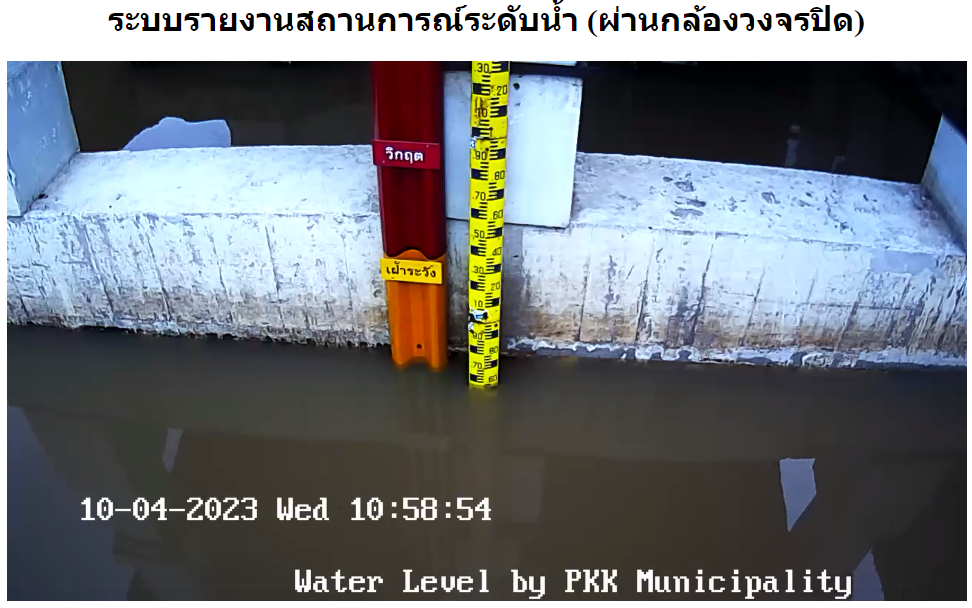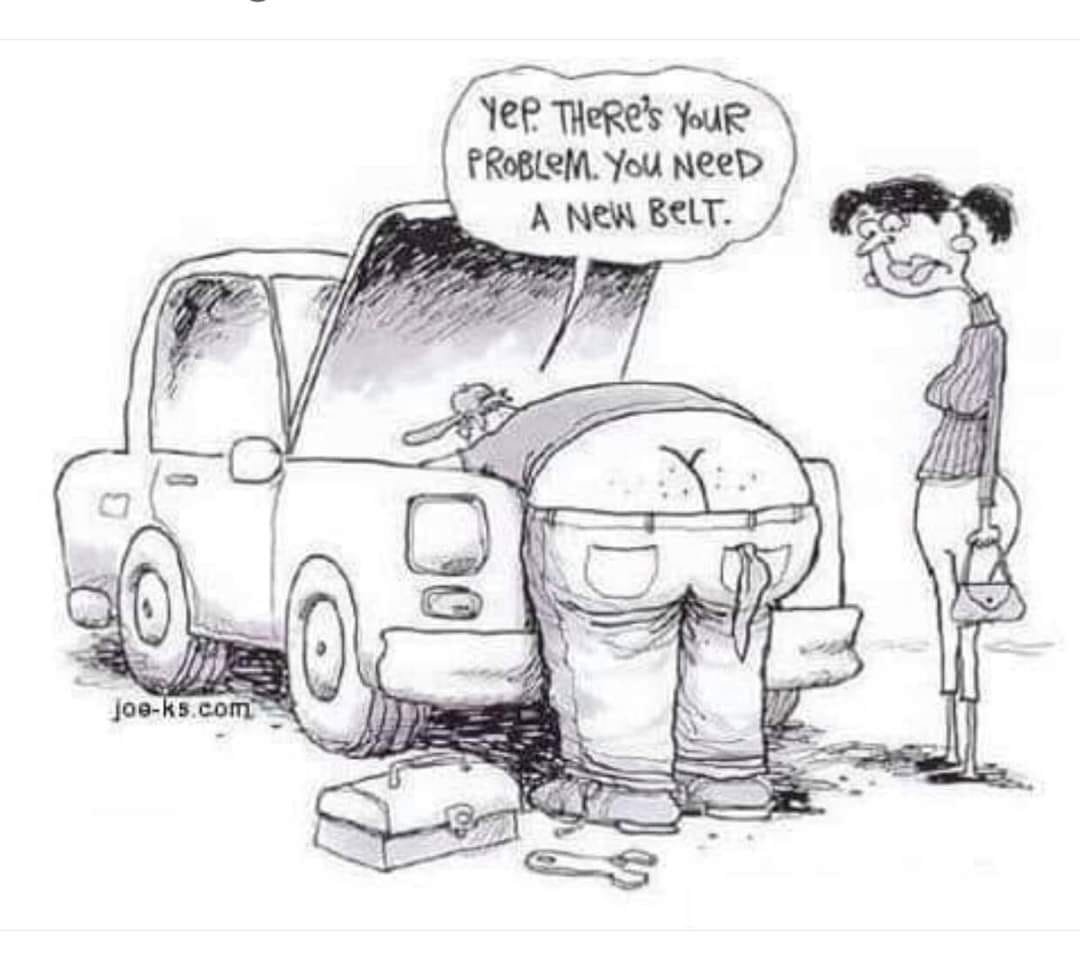-
Posts
46,463 -
Joined
-
Last visited
-
Days Won
2
Content Type
Events
Forums
Downloads
Quizzes
Gallery
Blogs
Everything posted by Crossy
-
-
-
A little before high-tide at Pak-Kret. Creeping into the orange, not particularly worrying for us. Yet!!
-

Solar Recommendation for Blackouts
Crossy replied to parallaxtech's topic in Koh Samui, Koh Phangan, Koh Tao
Please check your actual required load (just add up the Watts of each device) so we can be sure just how much energy you will need. -

Solar Recommendation for Blackouts
Crossy replied to parallaxtech's topic in Koh Samui, Koh Phangan, Koh Tao
I too am thinking of a Portable Power Station type device, add a couple of panels to make it solar too. Something along these lines, maybe with a bigger internal battery. https://www.lazada.co.th/products/ecoflow-river-2-max-portable-power-station-i4783928555-s19767762134.html -

Solar Recommendation for Blackouts
Crossy replied to parallaxtech's topic in Koh Samui, Koh Phangan, Koh Tao
I've merged the responses into this thread so we're good to go ???? -

Solar Recommendation for Blackouts
Crossy replied to parallaxtech's topic in Koh Samui, Koh Phangan, Koh Tao
@KhunLA I think continue here to avoid the other thread going off topic. I'll hide / move those posts. -
-
-
"Lord, I have a problem." "What's the problem, Eve?" "I know that you created me and provided this beautiful garden and all of these wonderful animals, as well as that hilarious snake, but I'm just not happy." "And why is that, Eve?" "Lord, I am lonely, and I'm sick to death of apples." "Well Eve, in that case, I have a solution. I shall create a man for you." "Man? What is that Lord?" "A flawed creature, with many bad traits. He'll lie, cheat and be vain; all in all, he'll give you a hard time. But he'll be bigger, faster and will like to hunt and kill things. I'll create him in such a way that he will satisfy all your physical needs. He will be witless and will revel in childish things like fighting and kicking a ball about. He won't be as smart as you, so he will also need your advice to think properly." "Sounds great," says Eve, with ironically raised eyebrows, "but what's the catch, Lord?" "Well ... you can have him on one condition." "And what's that, Lord? " "As I said, he'll be proud, arrogant and self-admiring ... so you'll have to let him believe that I made him first. And it will have to be our little secret ... you know, woman to woman."
-

Gunshot-Like Sounds Reported at Bangkok’s Shopping Mall
Crossy replied to snoop1130's topic in Bangkok News
-

I'm SOON Moving to Japan Countryside to Find My GENIUS-GF!
Crossy replied to GammaGlobulin's topic in ASEAN NOW Community Pub
Sorry, but someone had to ... -

I'm SOON Moving to Japan Countryside to Find My GENIUS-GF!
Crossy replied to GammaGlobulin's topic in ASEAN NOW Community Pub
Please, for all our sakes, define "SOON"- 94 replies
-
- 23
-

-

-

-

-

-
-
60C isn't really excessive provided it doesn't get much hotter. I've not actually measured any of ours.
-
LEDs will certainly get warm (and you shouldn't cover them with insulation) but "extremely hot" sounds worrying. If it's too hot to touch I'd take it back from whence it came.
-

Plodprasop Warns of Recurrent Floods Due to Failed Management Strategies
Crossy replied to webfact's topic in Thailand News
Nah, he's moved on, they're "water pushing machines" now ???? -
Solcast, a DNV company, reports that North and South America are set to experience an annular eclipse on October 14, which means that some regions could lose a significant portion of their daily solar energy production. https://www.pv-magazine.com/2023/09/29/october-14-eclipse-to-cost-us-states-up-to-17-of-daily-solar-generation/
-
- 1
-

-

Growatt SPF5000ES Offgrid 9kw DIY Solar Project
Crossy replied to Pink7's topic in Alternative/Renewable Energy Forum
Google "DIY solar forum" or link from one of Will Prowse's videos, loads of JK BMS setup info. -
-
-











